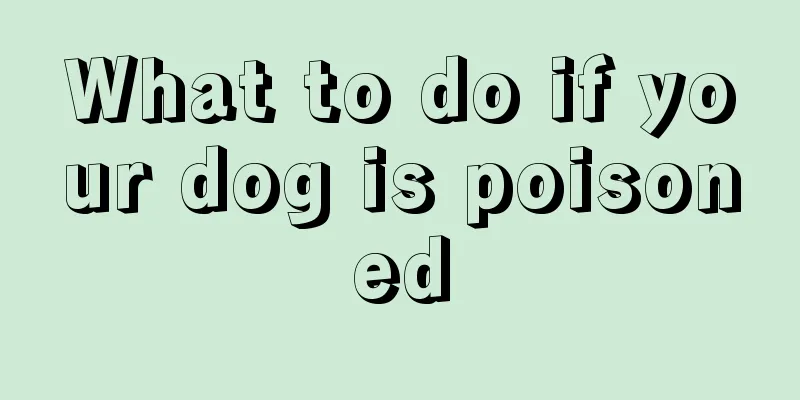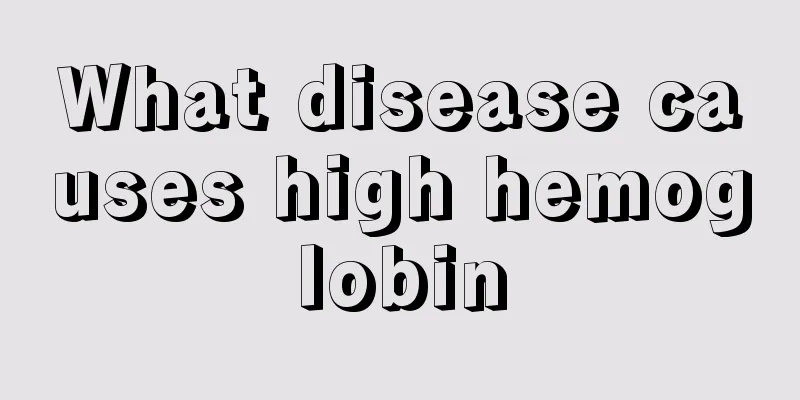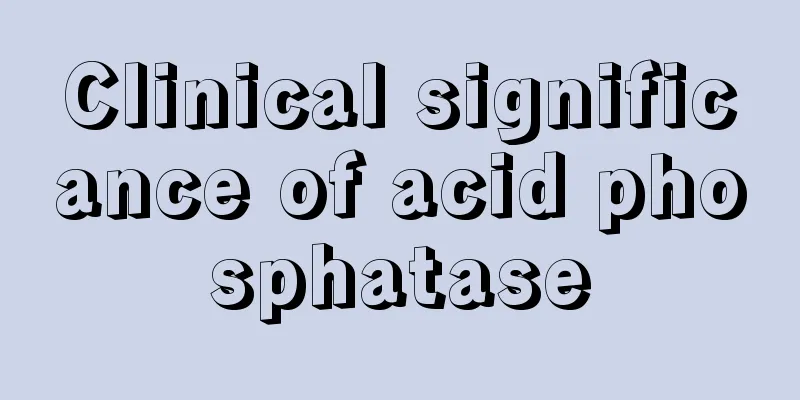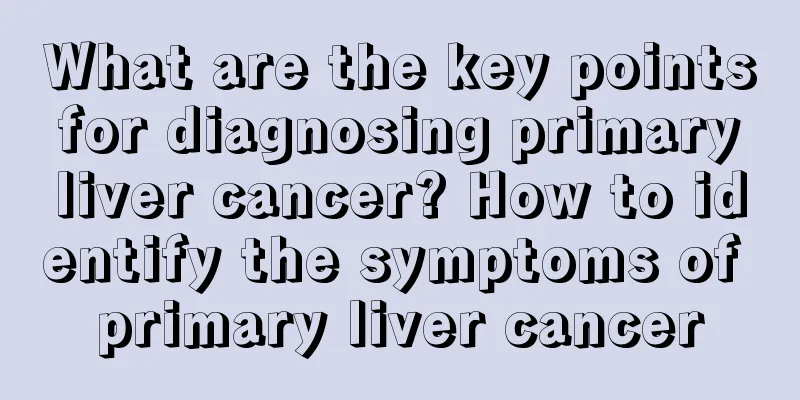What to do if your dog is poisoned

|
With the improvement of people's living standards, dog walking has become a very common phenomenon in urban life, especially after dinner, when you go out for a short stroll, you will find dog walkers everywhere. As one of man's best friends, the health of dogs is also one of the things that their owners are very concerned about. However, because dogs have no awareness of prevention, we often find dog poisoning incidents in real life. When faced with dog poisoning incidents, the first aid measures we should take are crucial. Therefore, for people who like dogs and keep dogs, it is very necessary to learn more about the first aid measures after dog poisoning. Next, I will explain to you what to do if a dog is poisoned. Tools/Raw Materials Organophosphorus pesticide poisoning Organophosphates are widely used in agriculture as pesticides, such as trichlorfon, malathion, and dichlorvos. Ingestion of this product may cause excessive salivation, tearing, diarrhea, abdominal pain, urinary incontinence, breathing difficulties, coughing, conjunctival cyanosis, muscle twitching, followed by paralysis, pupil constriction, and coma. Most of them died due to respiratory disorders. During treatment, atropine sulfate is first slowly injected intravenously at 0.05 mg per kg of body weight, followed by subcutaneous or intramuscular injection of 0.05 mg per kg of body weight after an interval of 6 hours. 0.15 mg of atropine sulfate. Pralidoxime can enhance the effect of atropine. Medicines that relieve muscle spasms can help relieve symptoms. Some dogs are allergic to pralidoxime and pralidoxime chloride, so attention should be paid. Chlorinated hydrocarbon poisoning This type of pesticide includes DDT, benzyl hexachloride, etc. The dog becomes extremely excited, manic or highly depressed. The muscles of the head and neck first tremble, then spread to the whole body, the muscles spasm and contract, and then become depressed; the dog may have incessant diarrhea, not eat or eat less, and have diarrhea. Treatment can be done by cleansing and gastric lavage, followed by saline laxatives. Administration of sedatives can provide symptomatic treatment for overexcitement in dogs. Because the dog is dehydrated and not eating, intravenous fluids should be given. Rodenticide poisoning 1. Poisoning by anti-raticides. This is a powerful rodenticide, a white, odorless crystalline powder that causes the permeability of pulmonary capillaries to increase, allowing a large amount of plasma to enter the lung tissue, leading to pulmonary edema. A few minutes to hours after ingesting the drug, dogs will vomit, foam at the mouth, and then suffer from diarrhea, coughing, difficulty breathing, depression, cyanosis of the visible mucous membranes, and foamy bloody mucus flowing from the nostrils. Generally, coma and drowsiness occur 10-12 hours after ingestion, and in a few cases, coma and drowsiness occur 2- Death within 4 hours. There is no specific antidote for this poisoning, but it can be treated by inducing vomiting, gastric lavage, catharsis and diuresis. 2. Zinc phosphide poisoning. This is a commonly used rat poison that appears as a gray powder. A few days after ingestion, it mixes with water and stomach acid in the stomach, releasing phosphine gas and causing severe gastroenteritis. The sick dog has abdominal pain, refuses to eat, vomits continuously, becomes comatose and drowsy, and has rapid and deep breathing. Suffocation, diarrhea, blood in stool. For treatment, 0.2%-0.5% CuSO4 can be administered orally. 10-30 ml of solution to induce vomiting and expel toxins from the stomach. Gastric lavage may be used 0.02% KMnO4 solution, followed by 15 g Na2SO4 for catharsis. Intravenous injection of hypertonic glucose solution is beneficial for liver protection. 3. Poisoning by organic fluoride rodenticides. This is a highly toxic drug. 2-3 days after taking it, the sick dog will become restless, vomit, have gastrointestinal hyperfunction, run around, bark, and have paroxysmal convulsions throughout the body that last about 1 minute, and finally die. Fluorine can be injected intramuscularly for treatment, 0.1-0.2 g per kg of body weight, the first dose is 1/2 of the full daily dose, and the rest Divide 1/2 of the dose into 4 portions and inject once every 2 hours. Cooperate with inducing vomiting and gastric lavage. Feeding raw egg white to sick dogs helps protect the digestive tract mucosa. Intravenous calcium gluconate 5-10 mL is helpful. Through this article's explanation of the different countermeasures that need to be taken for different causes of dog poisoning, I believe that dog lovers have already understood what to do when a dog shows symptoms of poisoning. I hope that for the safety of dogs, everyone will properly place things that may endanger their lives in daily life. |
<<: What to do if your dog is poisoned
>>: Do 5 exercises during lunch break to quickly relieve fatigue
Recommend
How much tg can be used to determine the recurrence of thyroid cancer? What are the characteristics of thyroid cancer recurrence?
What is the symptom of thyroid cancer recurrence?...
How to treat lung cancer in the late stage? Symptoms and treatment methods of lung cancer in the late stage
Lung cancer is a common malignant tumor of the lu...
What are the causes of bladder cancer? How does bladder cancer occur?
Bladder cancer is the most serious bladder diseas...
How to heat up leftover rice in a rice cooker
With the development of the times, there are more...
Can alum be eaten?
Alum is a product that seems to have no effect, b...
What causes wear on the inside of shoes
Wear inside the shoe is mostly caused by knee var...
Home wine fermentation tank
As everyone knows, wine is made through fermentat...
Infrared thermometer
In fact, when using infrared thermometers, they a...
What are the traditional Chinese medicines that are good for the eyes
Eyes are important organs in the human body. As t...
How long does it take for cervical cancer to go from early stage to late stage
It usually takes 3 to 10 years for cervical cance...
What is the reason for red and yellow urine
The human body is a unified system. If there is a...
What are the advantages and disadvantages of eating garlic
There are many benefits of eating garlic, because...
Where to inject insulin
The human body's insulin is mainly secreted i...
Why is colon cancer prone to recurrence after surgery
Colon cancer has an insidious onset. In the early...
Can you get pregnant if you have teratoma
Many female friends have discovered teratomas dur...









